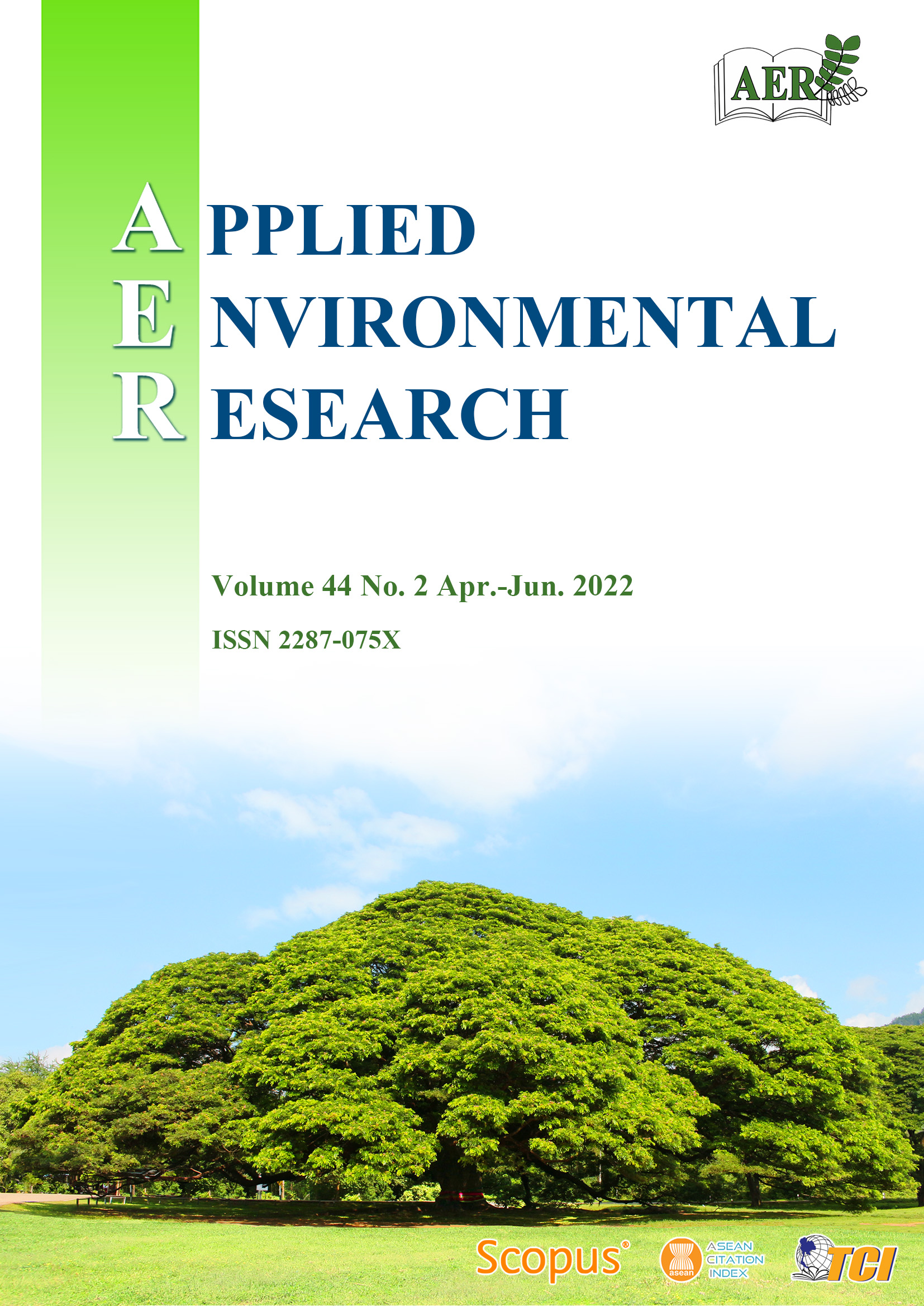Assessment of Organophosphorus Pesticide Residues in Water and Sediment Collected from the Southern Caspian Sea
Main Article Content
Abstract
Pollution of water resources by uncontrolled pesticide use is a serious health and environmental issue. In this study, concentrations of three organophosphorus pesticides (diazinon, malathion, and azinphos-methyl) in water and sediment samples from five estuaries (Sefidrud, Chalus, Babolrud, Tajan, and Gorganrud) along the Caspian Sea were investigated. Samples were collected from surface water and sediment during summer to autumn, and pesticides were analysed by gas chromatography-mass spectrometry (GC-MS). Results indicated that salinity and turbidity in Gorganrud were higher (salinity: range 2–8%; turbidity: range 1–9%) compared to other stations. Higher diazinon (water: 0.08±0.06, sediment: 0.04±0.01), malathion (water: 0.09±0.06, sediment: 0.05±0.01) and azinphos-methyl (water: 0.1±0.08, sediment: 0.06± 0.02) concentrations were observed in the Tajan river compared to other stations. Mean concentrations of diazinon, malathion and azinphos-methyl pesticides were higher in the summer compared to the autumn. Azinphos-methyl concentrations were higher than sediment quality guidelines (SQGs), which warrants ongoing monitoring. Our research provides insights into the presence of organophosphate pesticides (OPs) in rivers that enter into the Caspian Sea. Further work to better understand the environmental pollution of OPs in the Caspian Sea is ongoing.
Article Details

This work is licensed under a Creative Commons Attribution-NonCommercial 4.0 International License.
Published articles are under the copyright of the Applied Environmental Research effective when the article is accepted for publication thus granting Applied Environmental Research all rights for the work so that both parties may be protected from the consequences of unauthorized use. Partially or totally publication of an article elsewhere is possible only after the consent from the editors.

